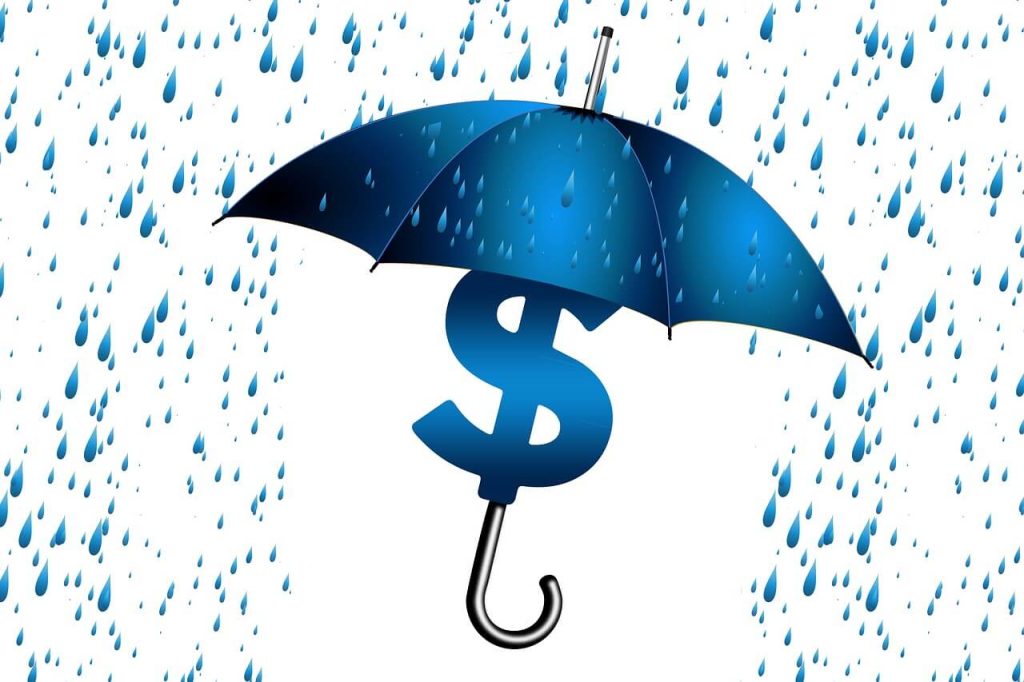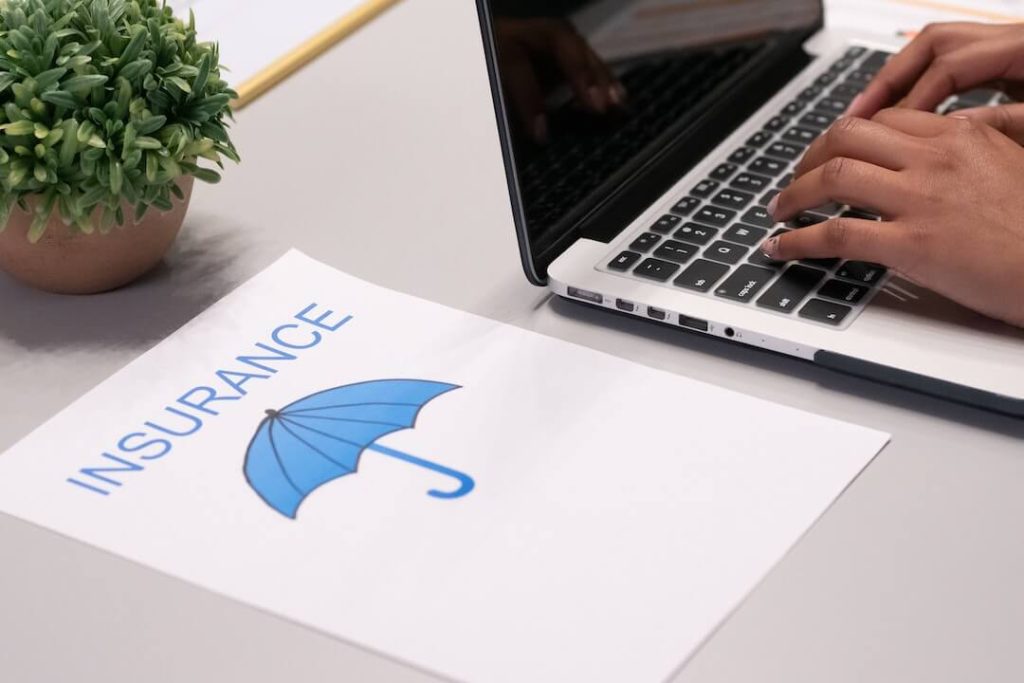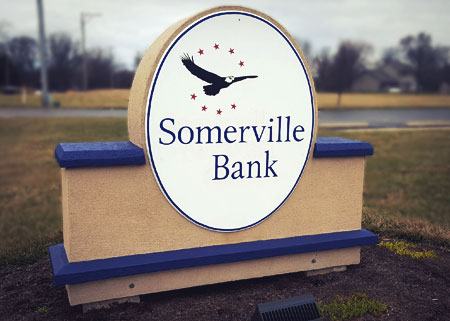Deposit insurance is offered to account holders that elect to bank at a financial institution that is advertised as being FDIC-insured. It is provided by the Federal Deposit Insurance Corporation (FDIC). The purpose deposit insurance is to protect the money in your account in the event of a bank failure. In short, your money is backed by the United States Government. In this guide, we will provide comprehensive details regarding deposit insurance and exactly what it covers. Continue reading to learn more.

What is the Insurance Amount on Deposit Insurance?
On deposit insurance, the standard regarding the amount is a total of $250,000 for each individual depositor, per bank, and on each category associated with account ownership.
In short, if you open a type of deposit account with a financial institution, coverage is automatic. There are no additional charges for this.
It covers the amount per dollar and includes coverage for the principal as well as any type of interest that has accrued through the date of the failure of the bank and to the limit of the insurance amount.
What Types of Banking Products are Covered by Deposit Insurance?
The following banking products are covered by deposit insurance offered at FDIC-insured financial institutions:
- Savings Accounts
- Checking Accounts
- Certificates of Deposits (CDs)
- Money Market Deposit Accounts (MMDAs)
- Negotiable Order of Withdrawal Accounts (NOW)
- Money Orders
- Cashier Checks
- Various Other Official Issued Items
What Types of Items are Not Covered by Deposit Insurance?
The following outlines the types of investments and financial accounts that are not covered by deposit insurance:
- Crypto Assets
- Investments in Stocks
- Investments in Bonds
- Bills, Notes, and Bonds from the U.S Treasury
- Mutual Funds
- Safe Deposit Boxes and Associated Contents
- Annuities
- Life Insurance Policies
- Municipal Securities
When is Deposit Insurance Paid?
Deposit insurance is paid once a bank has experienced a failure. The bank is closed by a chartering authority. Then, the FDIC is brought in. The associated staff then identifies who has covered accounts.
In most instances, another bank will step in to take over the account that has experienced a failure. If this does not occur, account holders are provided with their coverage and paid.
This is a very rare occasion. In fact, according to statistics, not one depositor has ever lost any money on any type of account that is insured since 1934.

How Do I Find Out My Coverage?
There is a special tool online – the Electronic Deposit Insurance Estimator (EDIE) by the FDIC – that will allow account holders to determine if their accounts are covered. Once confirmed, an actual dollar amount may then be inputted to identify the amount of coverage.
It must be noted that this tool is not an estimator for any type of investment. This is true even if a certain type of investment was directly purchased from a financial institution that is FDIC-insured.
How Much is Too Much in the Bank?
You may place any amount of money safely in the bank; however, it must be understood that FDIC-insured banks offer deposit insurance that only covers up to $250,000. This is for various types of accounts.
If you have more than $250,000, it’s time to talk to a banking professional about how to move your funds so that they are all covered by deposit insurance.
Remember, coverage from this insurance includes up to $250,000 per person, per category, per institution.
How to Insure Amounts Over $250,000
If you have more than $250,000 to deposit at a bank that’s FDIC-insured, you have several options. The following outlines a few of these.
- Open Another Account at a Bank That is FDIC-Insured
- Create a Joint Account to Double the Coverage to $500,000
- Create an Account in Another Ownership Category (IRA, revocable trust account, etc.)
- Join up with a Credit Unit
- Join a Bank That is Part of the IntraFi Network
- Sign up for a Cash Management Account (CMA)
- Place the Funds in a MaxSafe Account
- Open a Brokerage Deposit Account
- Keep Excess Money in Safe Deposit Boxes
- Sign up for the Depositors Insurance Fund (DIF)
For more information on these options or to get the most up-to-date information on covering large amounts of cash, contact a banking professional at Somerville Bank immediately.
What is a Bank Failure?
A bank failure occurs when the financial institution is unable to meet the financial obligations that it has to its depositors and to its creditors. The institution is then closed by a regulatory agency that is either on a state or a federal level.
Once the bank acquirer becomes unavailable for the deposits, the FDIC steps in and pays each depositor directly by the means of a check-up to the amount that is covered within each account.
What are the Most Common Reasons for a Bank Failure?
The two most common reasons why a bank may fail is illiquidity and capital. In illiquidity, the assets that are left are sold – but at a loss. In cases of capital that is inadequate, the liabilities that the bank has is higher than the assets that it has. Generally speaking, only 7 banks officially go out of business on an annual basis. In 2020, a total of 4 banks failed. Bank failure is a very rare occurrence; however, it is possible. Therefore, you must ensure that you only use those that are FDIC-insured.
Contact Us Today
We here at Somerville Bank offer a large assortment of banking products that are covered by the FDIC. Additionally, we have staff on hand that can assist if you have cash assets of more than $250,000 that must be insured. We offer multiple locations, mobile banking, online banking, savings, loans, and more! Whatever your banking needs are, we are here to assist you! For more information or to learn about our services, you may call or visit one of our many locations today.

 Somerville Bank has 8 Locations
Somerville Bank has 8 Locations